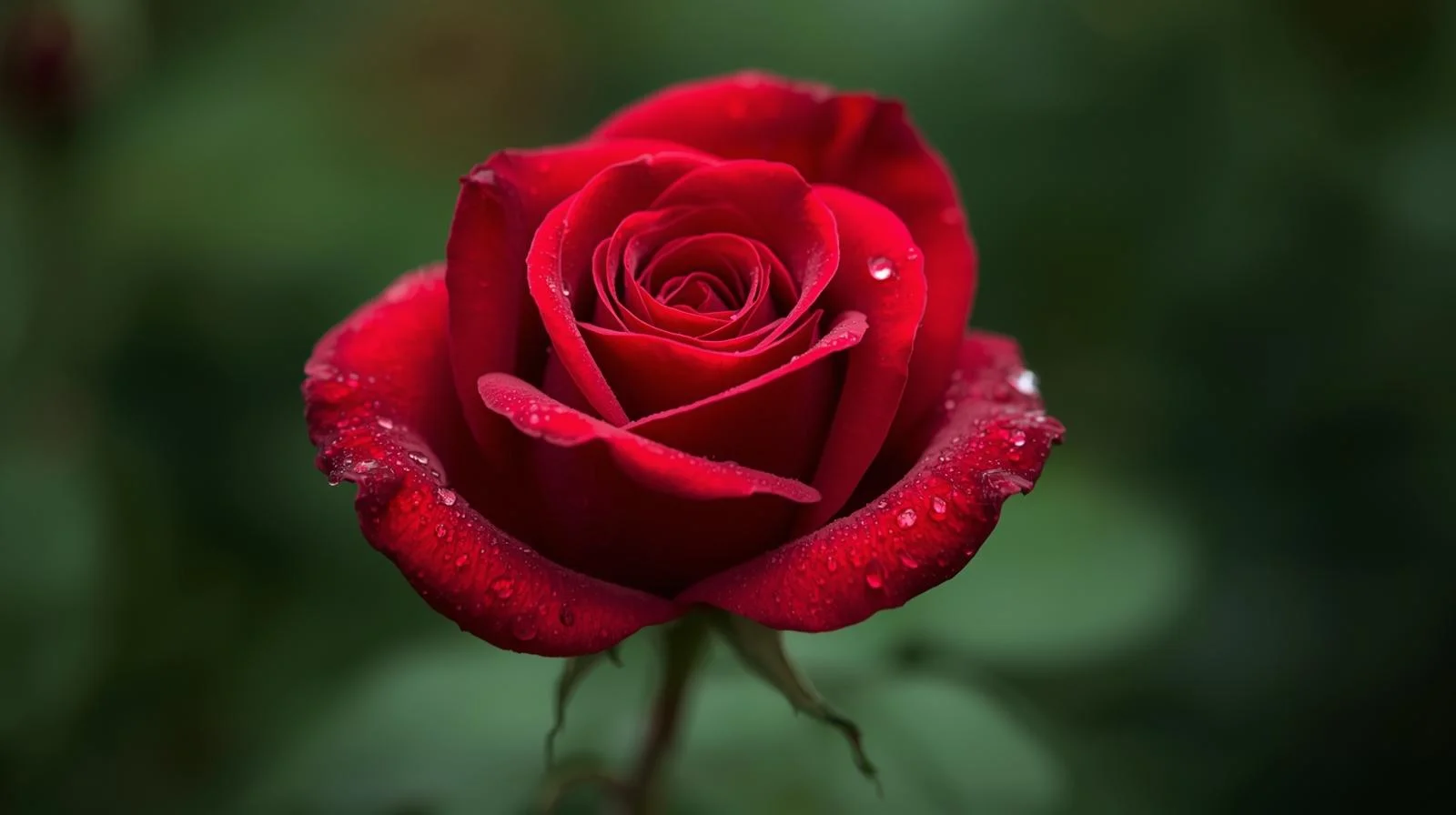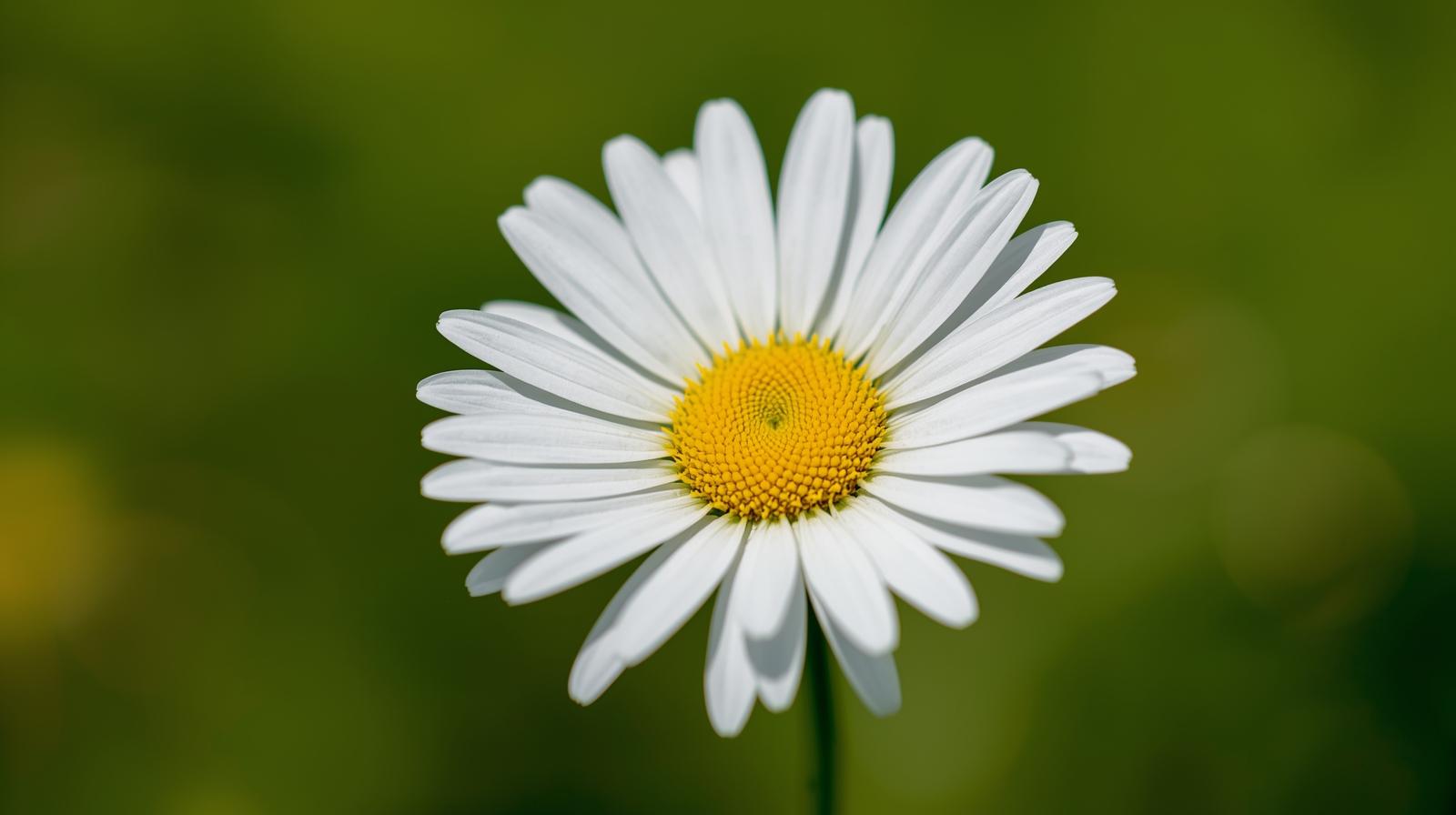Rose Flower Meaning

The Symbolic Language of Roses: Unraveling Flower Meanings
Rose Flower Meaning have long been celebrated not only for their beauty but also for their deep-rooted symbolism. Throughout history, this exquisite flower has been associated with various emotions, sentiments, and messages. The language of roses transcends mere aesthetics; it conveys feelings of love, gratitude, admiration, and even sorrow. Understanding the meanings behind different rose colors can enhance your appreciation of these flowers, whether you are giving them as a gift or simply enjoying their presence in your garden.
- The Symbolic Language of Roses: Unraveling Flower Meanings
- The Spiritual Significance of Roses: A Deep Dive into Flower Meanings
- Rose Flower Meaning: A Comprehensive Guide to Love and Emotion
- Understanding the Hidden Messages of Roses in Different Cultures
- Rose Flower Meaning: What Your Favorite Flower?
- The Language of Roses
- Roses Through History
Each rose color carries its own unique symbolism, making roses one of the most versatile flowers in the world. From romantic gestures to expressions of sympathy, the choice of color can significantly alter the message you wish to communicate. By delving into the meanings behind different rose colors, we can better understand their significance and choose the right rose for any occasion.
| Rose Color | Symbolic Meaning |
|---|---|
| Red | Love and passion |
| White | Purity and innocence |
| Pink | Admiration and gratitude |
| Yellow | Friendship and joy |
| Orange | Enthusiasm and desire |
| Purple | Love at first sight |
| Black | Death and farewell |

As we explore the rich symbolism of roses, we find that red roses are perhaps the most iconic, universally recognized as a symbol of romantic love and passion. They convey deep emotions and are often given on occasions like anniversaries and Valentine’s Day. In contrast, white roses symbolize purity and innocence, making them a popular choice for weddings and new beginnings.
Pink roses are often associated with admiration and gratitude, making them ideal for expressing appreciation to friends and loved ones. Yellow roses, with their bright and cheerful hue, symbolize friendship and joy, making them perfect for celebrating platonic relationships or uplifting someone’s spirits.
Orange roses express enthusiasm and desire, often used to convey a sense of excitement in a budding relationship. Meanwhile, purple roses, though less common, represent love at first sight, adding an element of enchantment to romantic gestures. Lastly, black roses, often seen as a symbol of mourning, represent loss and farewell, evoking deep sentiments related to grief.
Understanding the meanings behind different rose colors not only helps us choose the right flower for the right occasion, but it also enriches our interactions and expressions of emotion. Whether you are giving roses to a loved one, decorating for an event, or simply enjoying their beauty, the language of roses provides a profound way to communicate feelings and sentiments.
In conclusion, roses are more than just flowers; they are a language of their own, rich in symbolism and meaning. By unraveling the meanings behind different rose colors, we can better appreciate their beauty and the messages they convey, making our interactions with the world of flowers all the more meaningful.
The Spiritual Significance of Roses: A Deep Dive into Flower Meanings
Roses have long been treasured not only for their beauty but also for the deep spiritual significance they carry. These flowers are often seen as symbols of love, passion, and emotional expression across various cultures. The rose’s intricate layers and rich colors convey a spectrum of meanings, making them a profound choice for communication in both romantic and spiritual contexts. The presence of roses can evoke feelings of love, peace, and even enlightenment, as they are often associated with the divine and the transcendental.
In many spiritual traditions, roses represent the unfolding of the soul. The journey of the rose from bud to full bloom mirrors personal growth and the journey towards enlightenment. Each color of the rose carries its own unique spiritual significance, inviting individuals to reflect on their emotions and intentions. For example, red roses symbolize passionate love, while white roses represent purity and new beginnings. Understanding these meanings can enhance our connection to the flowers and the messages they convey.

Rose Flower Meaning: A Comprehensive Guide to Love and Emotion
Rose Flower Meaning not only beautiful but also serve as powerful symbols of human emotions. Each color of the rose has a specific meaning that can communicate a range of feelings and sentiments. Below is a comprehensive guide to the meanings associated with different colored roses:
| Rose Color | Meaning |
|---|---|
| Red | Love and Passion |
| White | Purity and Innocence |
| Yellow | Friendship and Joy |
| Pink | Admiration and Gratitude |
| Orange | Desire and Enthusiasm |
| Lavender | Love at First Sight |
This table illustrates how the color of a rose can encapsulate complex emotions, making roses a beloved choice for various occasions, from romantic gestures to expressions of friendship and sympathy. It is essential to choose the right color when gifting roses to ensure that the intended message is conveyed accurately.
Understanding the Hidden Messages of Roses in Different Cultures
Roses hold significant cultural importance across the globe, often embodying diverse meanings based on historical and cultural contexts. For instance, in ancient Rome, roses were associated with secrecy and confidentiality, leading to the phrase “sub rosa,” meaning “under the rose,” which indicated that something was to be kept confidential. In contrast, in Persian culture, roses are seen as a symbol of paradise and divine beauty, often featured in poetry and art to convey the beauty of nature and love.
In Eastern cultures, roses can also symbolize different virtues and values. For example, in Chinese culture, roses are often associated with love and respect, used in ceremonies to express deep emotions. In Islam, the rose is revered for its beauty and is often linked to the Prophet Muhammad, representing love, beauty, and the divine. Each of these cultural interpretations enriches the understanding of roses, showcasing their universal appeal and the layers of meaning they can convey.
In conclusion, roses are much more than just beautiful flowers; they are laden with spiritual significance, emotional resonance, and cultural depth. Whether you are giving them as a gift or using them to enhance your spiritual practice, understanding the meanings behind roses can deepen your connection to these remarkable blooms. By appreciating the language of roses, we can better express our feelings and intentions, creating a more profound bond with those we care about.

Rose Flower Meaning: What Your Favorite Flower?
Roses have captivated hearts and minds for centuries, serving as a symbol of love, beauty, and passion. Each variety of rose carries its own unique meaning, allowing individuals to express their emotions in a profound way. Understanding the language of roses not only reveals what your favorite flower says about you but also highlights the evolving significance of this timeless bloom throughout history.
From ancient civilizations to modern times, roses have been intertwined with human culture and sentiment. Their meanings have shifted over the years, influenced by social norms, literature, and art. By exploring the language of roses, we can uncover insights into personality traits and how these flowers have been perceived across different eras.
The Language of Roses
Each color and type of rose speaks a different language of emotions. For instance, red roses are the quintessential symbol of love and desire, often associated with passionate romance. If red roses are your favorite, you may be someone who values deep connections and romantic gestures. On the other hand, yellow roses, which symbolize friendship and joy, may resonate with those who cherish camaraderie and happiness in relationships.
Similarly, pink roses convey admiration and gratitude, making them a perfect choice for those who appreciate the subtle nuances of affection. White roses, often associated with purity and new beginnings, may appeal to individuals who seek serenity and hope. Here’s a quick reference table to help you decode what your favorite rose color could signify about you:
| Rose Color | Meaning | Your Personality Traits |
|---|---|---|
| Red | Love and Passion | Romantic, passionate, deep emotional connections |
| Yellow | Friendship and Joy | Cheerful, sociable, values companionship |
| Pink | Admiration and Gratitude | Appreciative, thoughtful, values relationships |
| White | Purity and New Beginnings | Hopeful, calm, values peace and innocence |
| Orange | Enthusiasm and Desire | Adventurous, energetic, enjoys spontaneity |
Roses Through History
The history of roses is as rich and varied as their meanings. In ancient Rome, roses were closely associated with Venus, the goddess of love, and were often used in celebrations and rituals. During the Middle Ages, roses symbolized secrecy, as the phrase “sub rosa” (under the rose) suggested confidentiality. This duality of meaning continued to evolve, and by the Victorian era, the language of flowers became a popular means of communication, with roses playing a prominent role in this floral dialect.
In more contemporary contexts, roses have become a staple in celebrations, from weddings to anniversaries, symbolizing enduring love and commitment. However, their meanings can also reflect social and political movements. For example, the White Rose became a symbol of resistance against tyranny during World War II, showcasing the flower’s ability to transcend its initial romantic associations and embody broader ideals of freedom and courage.
Today, roses continue to thrive in popular culture, from literature to fashion, maintaining their status as a beloved flower worldwide. Understanding the language of roses and their historical significance allows us to appreciate not only their beauty but also the rich tapestry of emotions and meanings they represent.
In conclusion, whether you cherish the romantic allure of red roses or the cheerful essence of yellow blooms, each rose carries a message about you and your place in history. The language of roses is not just about the flowers themselves, but about the emotions and stories they tell across time.
A red rose is commonly associated with love and passion. It is often given to express romantic feelings or deep affection for someone special.
A white rose symbolizes purity, innocence, and new beginnings. It is often used in weddings and to convey messages of remembrance and honor.
Yellow roses represent friendship, joy, and warmth. They are often given to celebrate platonic relationships or to cheer someone up.
Pink roses convey admiration, gratitude, and grace. Different shades of pink can express varying emotions, from light pink showing sweetness to dark pink indicating appreciation.
Yes, other colors of roses also carry specific meanings. For example, orange roses symbolize enthusiasm and desire, while lavender roses represent enchantment and love at first sight.




